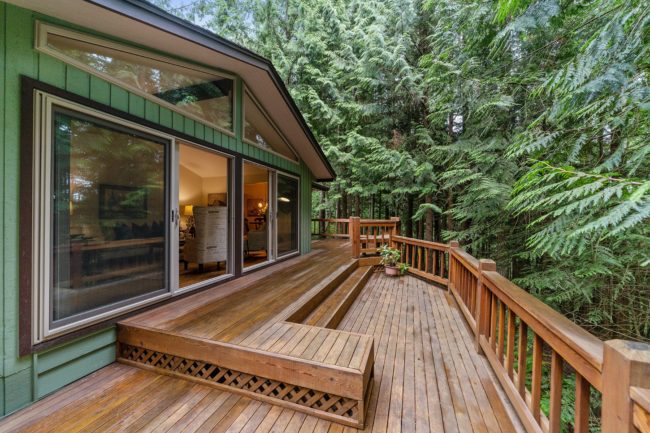
The benefits of sliding doors go beyond just creating an uninterrupted flow between your indoor and outdoor spaces. With a range of different configurations, glass, and design options to choose from, you can find something for every home style to make a statement.
Sliding doors entered the scene in the early 1960s. The distinctive ‘ranch slide’ was the first design and today, it is synonymous with sliding doors, despite the availability of various alternatives.
The versatile design and range of sliding door configurations present in the market make them a suitable option for most spaces, especially those that open onto narrow passageways. They offer controlled ventilation, as you can open them as much or as little as you like. Note that, unlike a French door or a bifold door design, most sliding doors don’t open up fully. This sort of opening can be created only with an over-cladding design or by making a cavity for the door to slide into.
Sliding doors don’t need extra space to open and are therefore sleeker and more space-efficient than regular doors, creating more room for furniture and plants. Sliding door doorways are wider than regular doorways too, making it easier to carry large items through.
These versatile door designs can fit into nearly any room. There’s no limit to the width of sliding doors and in terms of height, stacking doors can go up to 3m or more. So, with a little bit of thinking, you can use a sliding door to transform your space.
Choose from a variety of sliding door design options
- Bottom rolling sliding doors
This is a standard sliding door design and needs much heavier panels than the top hung variation. There are different models available, but the classic inside slider is very popular. It features a channel along which the door panel slides: this is placed on the inside face of the fixed panel. With this model, you can have windows on the fixed panel for ventilation. The channel, however, will need regular maintenance as dirt tends to build up in it. Keeping it clean is essential for smooth operation. This design is not as weather-tight as the top hung model.
- Top hung sliding doors
This is another standard sliding door design. It has its rolling gear at the top of the doorframe, which prevents it from collecting dirt. This also helps mitigate damage to the track and even ensures that the sill sits flush so that you can cut down further on maintenance duties. But these types of doors may need additional lintel support.
- Outdoor sliding doors
This type of sliding door is designed to demonstrate better weather-tightness, so it has a raised rolling guide along with its smooth sill. Those models with a chevron (an upside-down V shape) rolling guide and a concave chevron (a V shape) wheel allow for better weight distribution. The doors roll along the entire surface of the guide and the chevron feature contributes to a very smooth glide. Round-shaped guides and wheels, in contrast, may create flat spotting, causing repetitive thumps as you slide the door.
You can choose from a range of different configurations, from the single panel to bi-parting, stacker doors and even corner sliders. For a neater look, there are sliding doors that can be slid into a cavity when open or those that slide over exterior cladding.

Choosing the glass for your sliding door
The glass you choose for your sliding door will influence thermal performance and the appearance of your space. Performance glass will help your home stay comfy throughout the year and offers protection from strong sunshine in the summer. You can consider double glazed glass, toughened glass or laminated glass and tinted glass options. Single glazed glass will not go far in terms of energy efficiency or protection.
The type of glazing you choose will depend on the quantity of natural light you want to allow through, the degree to which you need to reduce solar heat gain to ensure a comfortable temperature inside, and the extent to which you need to cut down on losing heat in the winter.
Double glazed with lamination and tint is a good option that checks all three boxes. Adding argon gas between the double panes will help with insulation, keeping heat from escaping, while a Low E (emissivity) tint will reduce heat gain, as well as giving you protection from UV rays. This way, your space will be comfortable both in the summer and in the winter. Other options include double glazing and laminated glass (single glaze) with Low E.



